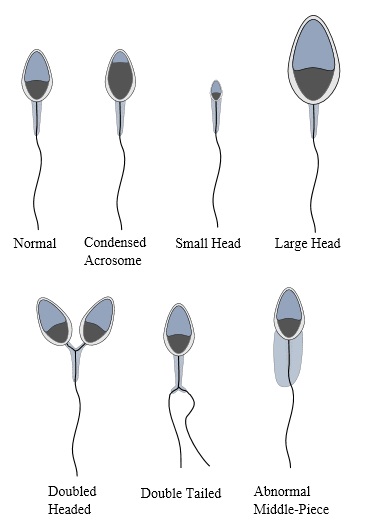Oligozoospermia
Explanation: Low sperm count in the ejaculate.
May be caused by:
Causes of impaired transport:
Help from PROfortilTM
Causes of poor production:
Oligoasthenoteratozoospermia (“triple defect”)
Oligoasthenoteratozoospermia is an abnormal change of sperm.
Three abnormal parameters:
Help from PROfortilTM
Caused by:
Teratozoospermia
Explanation: Increased levels of abnormally shaped sperm (sperm morphology)
Help from PROfortilTM
DNA fragmentation
Sperm is the bearer of genetic information – it has to transport the DNA safely packed packaged into the egg.
Help from PROfortilTM
Asthenozoospermia
Explanation: Reduced motility of the sperm in the ejaculate.
Help from PROfortilTM
Increased motility of the sperm combined with an improvement in all other sperm parameters lead to an increase in the rate of fertilisation

